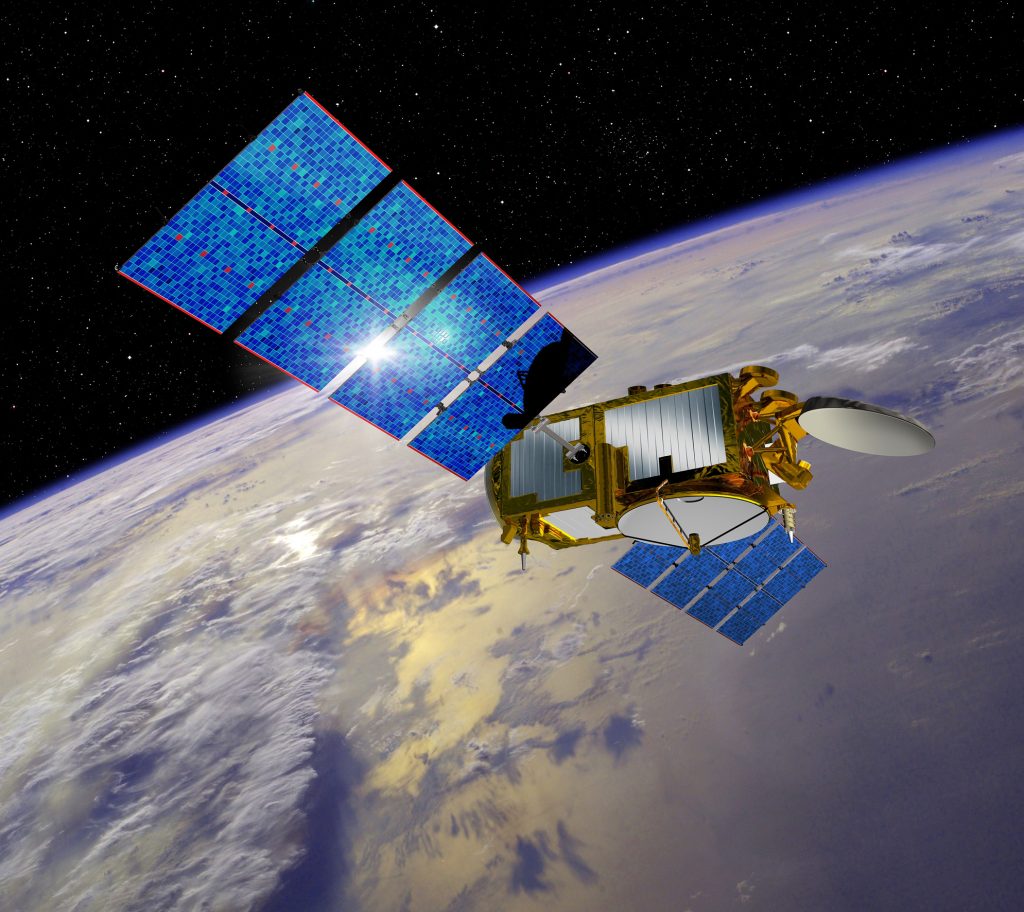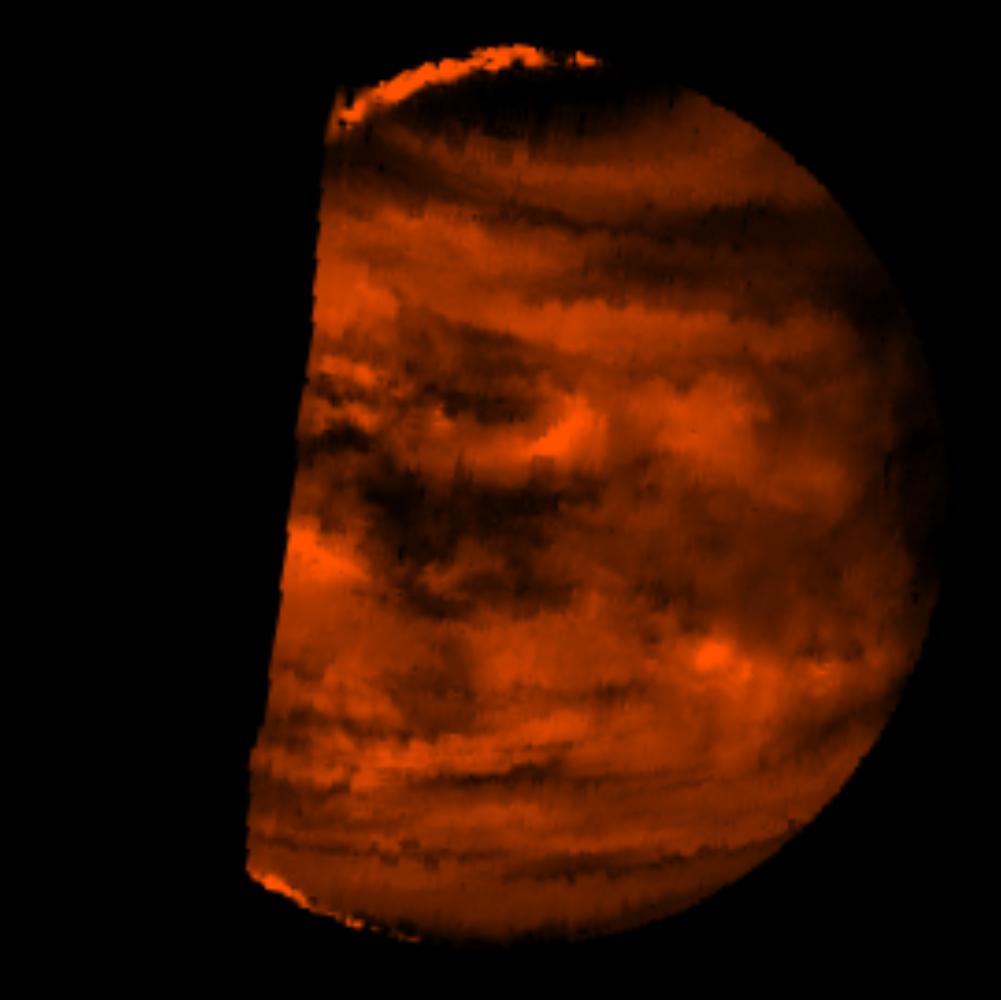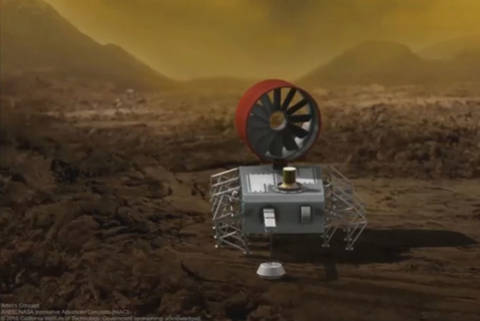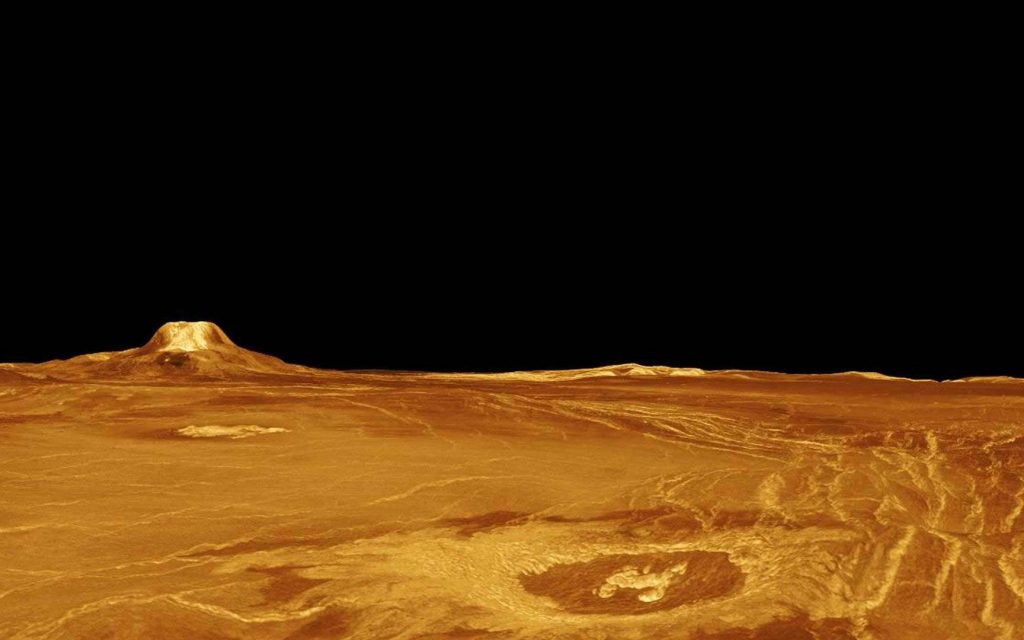To find out why we don’t know so much about Venus, we need to put things in perspective. Since the dawn of humanity, we have been studying our environment more thoroughly every day. You would think that today we know all about the climatology or geology of our own planet, but that is not the case. The infinite limits of science are driving thousands of researchers to use the most sophisticated tools around the world and in orbit to discover more and more of them on our planet. So it seems illusory to want to understand a planet as big as Earth with an atmosphere 100 times more massive with only 30 years of cumulative orbital observations and ten hours on the surface.

Moreover, unlike the goddess who gave it its name, Venus is a particularly modest planet and opposes 3 major barriers to its compression.
The first barrier is the layer of clouds that hid the surface until radar imagery pierced it. It is opaque to the visible, ultraviolet and infrared. Each of these frequencies is based on a different layer and can be used to track atmospheric movements. However, some deep layers are obscured by the upper layers and remain poorly documented. Only radar waves can pass through all the cloud layers and map the terrain. If you want to study the surface under a different frequency, you have to place sensors on an atmospheric platform that is under the clouds, which has never been done before.

The second barrier is caused by the dantesque conditions that prevail on the surface. With pressure likely to crush a nuclear submarine and a temperature sufficient to melt lead, no probe lasted more than 2 hours and 7 minutes. Although good armor can withstand pressure, the density of the air it causes, combined with the surface 500°C, creates a thermal flow that enters the probe. This flow is so large that it is necessary to limit the number of openings, windows or antennas that pass through the insulation layers. Moreover, even if the insulation were perfect, there would be no way to evacuate the heat produced by the engines, computers and instruments that operate inside the probe itself. Under these conditions, the temperature inside will gradually increase until it is unsustainable for the equipment. One solution envisaged would be to develop electronic equipment capable of holding at 500°C or replacing them with mechanical computers, but this is far from being perfected.

The third barrier is the young age of the crust. Indeed, the age of the surface of a solid astronomic body is estimated to be the number of craters. However, on Venus, there are only a thousand large impacts with no traces of erasure, which makes it possible to estimate that the entire surface is about 500 million years old. This means that the biological chemical, geomorphic, or (hopefully) biological traces of the first billion years of the planet have probably been lost. On Venus, however, we seek above all to understand how it has evolved so differently from the Earth. The fact that we do not have direct traces of the formation of the planet is a great loss. We must simply study the oldest lands, the tesseras, and deduce the past state thanks to recent developments.
